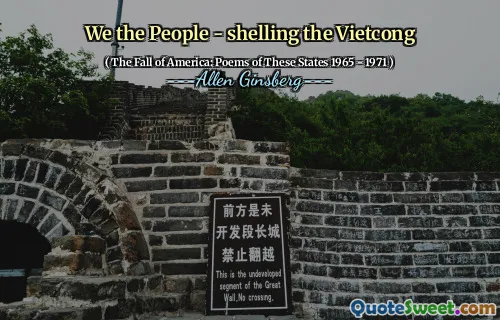Sonnet 55 that "Not marble nor the gilded monuments / Of princes shall outlive this powerful rhyme" {1–2}}.
In "The Year of Lear: Shakespeare in 1606," James Shapiro explores the significance of Shakespeare's works during a tumultuous year marked by political and personal upheaval. Shapiro illustrates how Shakespeare's plays, particularly "King Lear," reflect the anxieties of the time while also showcasing the enduring power of his words. He emphasizes that literature transcends the material monuments of wealth and power, highlighting the idea that artistic expression has a lasting impact.
In Sonnet 55, Shakespeare asserts that "Not marble nor the gilded monuments / Of princes shall outlive this powerful rhyme," underscoring the permanence of poetry compared to the fleeting nature of worldly achievements. Through this assertion, the sonnet underscores the idea that while physical structures may decay, the beauty and insight of poetry endure, offering a timeless legacy that can outlast even the mightiest rulers.





